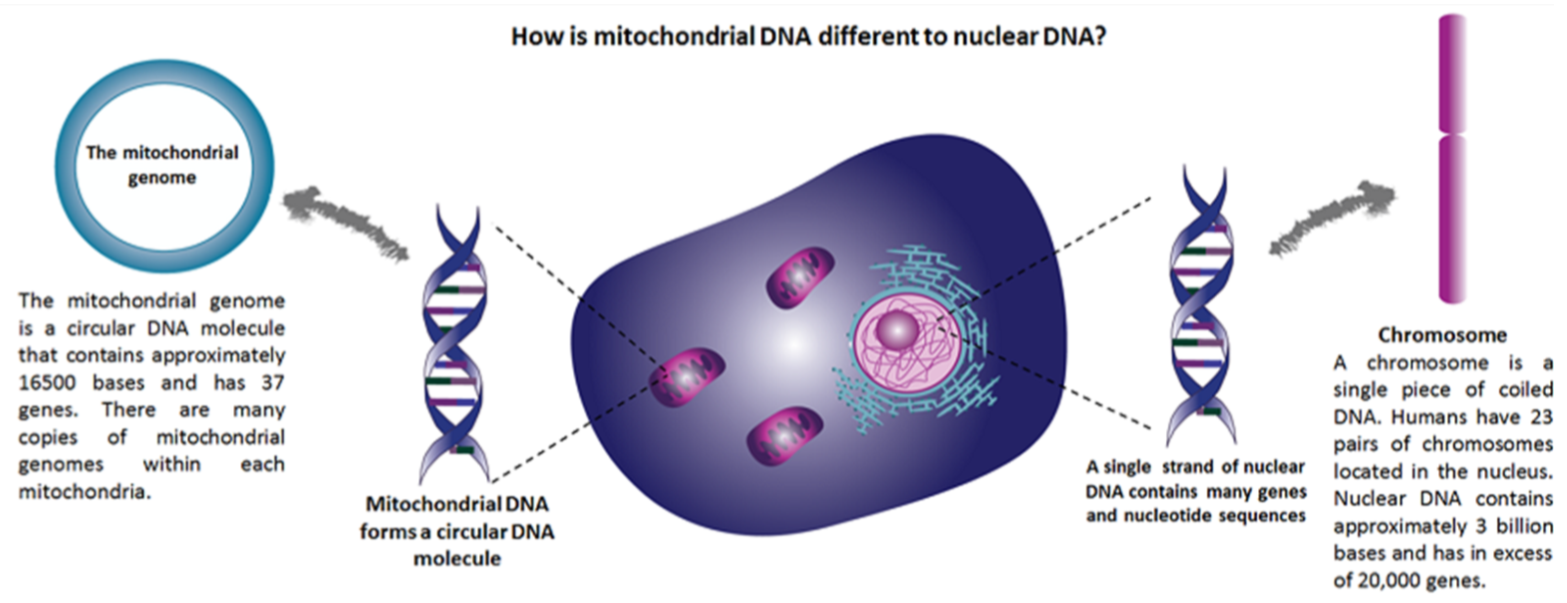DNA Study Guide
Youtube Guide:
Lesson Objectives:
- Understand the properties and functions of DNA
- Learn about the packaging of the DNA helix
- Understand the differences between the two major different types of DNA
DNA:
- DNA was first identified in the late 1860s by Swiss chemist Friedrich Miescher.
- Cambridge University scientists James Watson and Francis Crick studied and understood the structure of DNA In 1953.
- The structure of DNA is a double helix, and it looks like a twisted ladder.
- A pair of nitrogenous bases make up the steps of the DNA ladder, while the sides of the ladder are made of deoxyribose and phosphate molecules.
- Four different types of nitrogenous bases (adenine (A), thymine (T), cytosine (C), and guanine (G) are found in DNA, and these have a specific pairing pattern.
- X-ray diffraction data helped James Watson and Francis Crick decipher the Double Helix model for the structure of DNA.
- They suggested DNA base pairing, where adenine will always pair with thymine with a double bond and guanine will always pair up with cytosine with a triple bond.
DNA Base pairing:
The base pairing was based on the observation of Erwin Chargaff:
-
In any double-stranded DNA, the purine and pyrimidine base pairs are in equal amounts. A + G = T + C
-
The proportion of A is equal to T, and the proportion of G is equal to C, but the amount of A + T is not necessarily equal to G + C.
Properties of DNA:
- It is composed of two polynucleotide chains, coiled in a right-handed form in a helix.
- Base pairs are formed by hydrogen bonds between the bases in both strands. Always a purine will bind to a pyrimidine, maintaining an approximately uniform distance between the two strands of the helix.
- The two chains have anti-parallel polarity: 5′ to 3′, and the other 3′ to 5′
- Each helical turn contains almost ten base pairs, with the distance between a base pair in a helix being approximately equal to 0.34 nm.
- Hydrogen bonds and the stacking of the base pairs stabilize the helical structure.
- In the structure of DNA, the backbone of the two strands is close together on one side of the helix than the other. The structure is known as the major groove where they are closer, and the structure is called the minor groove where they are far apart.
Packaging of DNA Helix
- Human DNA is almost two meters long and hence will not fit into the nucleus of the cell. Therefore, this DNA is condensed by packaging it with proteins.
- The positively charged proteins in the nucleoid of the prokaryotes bind the negatively charged DNA into large loops.
- In eukaryotes, these proteins are called histones. Histones have a positive charge as they are rich in basic amino acid residues, lysines, and arginines.
- A histone octamer wraps 200 bp of DNA helix around it to form the nucleosome.
- The nucleosomes are the repeating unit in chromatin observed as ‘beads-on-string’ under an electron microscope.
- The packaging is further enhanced by forming chromatin fibers which are coiled and condensed again to form chromosomes.
- The set of proteins that help condense chromatin further are called the Non-histone Chromosomal (NHC) proteins.
Functions of DNA
DNA plays a vital role as genetic material in most living organisms. It is responsible for carrying genetic information from cell to cell and from generation to generation.
As a stable molecule that can hold complex information for longer periods of time, its primary functions include:
- Storage of genetic information
- Managing protein synthesis
- Determination of genetic coding
- Controls several metabolic activities, evolution, heredity, and differentiation.
Types of DNA
Eukaryotic organisms such as animals, plants, and fungi store most of their DNA inside the cell nucleus and some of their DNA in organelles such as mitochondria.
Based on the where they are located, DNA may be divided into mitochondrial and nuclear DNA.

Key Questions💡:
1. What is DNA meaning?
Deoxyribonucleic acid is a molecule that carries the genetic instruction of every living being.
2. What are the 3 types of DNA?
A-DNA, B- DNA, and Z- DNA are the three kinds of DNA.
3. What is DNA in a cell?
DNA is a complex molecule with all the information to maintain and build an organism.
4. What DNA is made of?
DNA is made up of small chemical molecules called nucleotide bases.
5. Do all humans have the same DNA?
The human genome is mostly the same in all humans.
6. What is DNA code?
The DNA code has instructions required to make proteins essential for development, growth, and health.
7. What is a cell?
The cell is the smallest living unit that builds our body and tissues.
8. How much DNA differs from one person to the next?
There could be more than three million differences from one to the next DNA.
9. What is Dark DNA?
Dark DNA are genes which are hard to detect in an organisms genome using DNA sequencing technology.
10. How much DNA is in the human body?
Humans have 60 trillion feet of DNA.
We hope you enjoyed studying this lesson and learned something cool about DNA! Join our Discord community to get any questions you may have answered and to engage with other students just like you! Don’t forget to download our App and experience our fun VR classrooms – we promise, it makes studying much more fun 😎
]]>